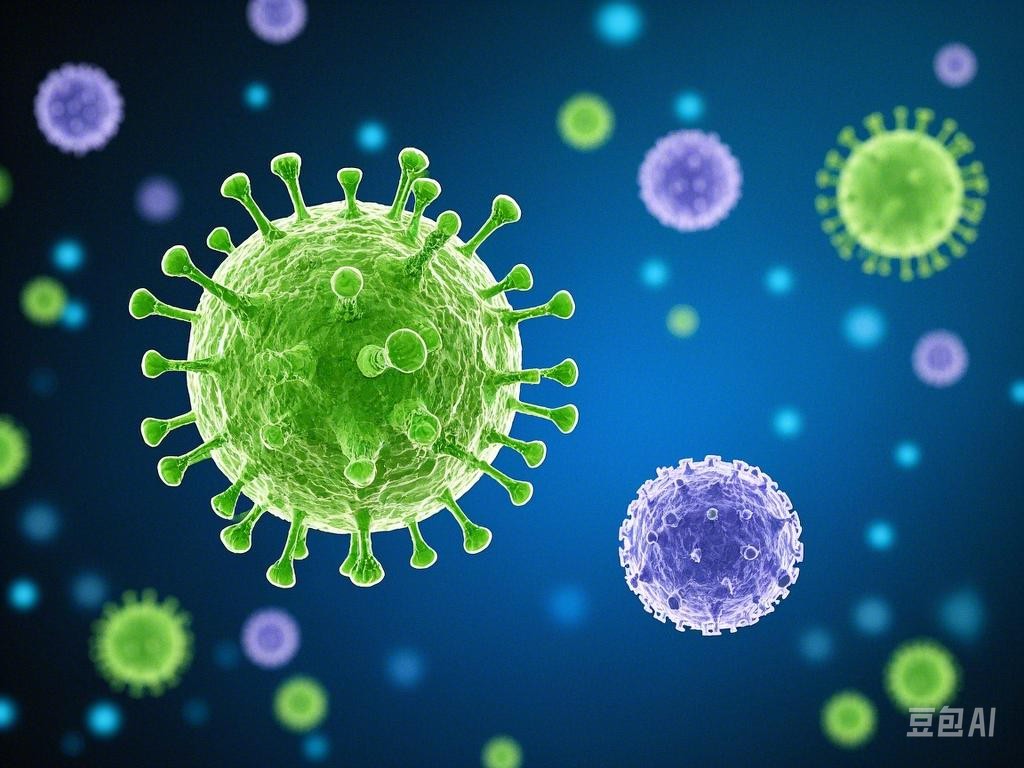When Food Becomes a Virus Carrier: Frightening Moments at the Table
In February 2025, Japan’s plum season was overshadowed by the Norovirus epidemic, a “gastrointestinal hurricane. The “gastrointestinal hurricane” swept across the country at an alarming rate, and sushi platters at Michelin restaurants in Osaka, Kasuga bento in Gifu, and strawberry daifuku in Tottori, all of which are characterized by artisan craftsmanship, became hidden channels for the spread of the virus. The scene of 81 diners collapsing en masse after enjoying a limited edition Kasuga bento at an izakaya in Tokyo’s Nakano Ward, where vomiting ensued, made the food safety crisis seem particularly alarming.
Most disturbing of all was the mass poisoning in Gifu Prefecture. When the list of more than 300 people, ranging from 2-year-olds to 97-year-olds, who were poisoned came to light, and when the 40-year-old father suddenly passed away after three days of abdominal pain, the entire community questioned: Where exactly are the holes in our food safety defenses? Virologists have described the outbreak as a game of whack-a-mole. Just as the restaurant infection in Osaka was brought under control, 76 people were sickened in a group at an onsen hotel in Hokkaido, and the norovirus is testing Japan’s entire public health system with its highly contagious nature.
The virus is testing Japan’s public health system with its high contagiousness.
A “miniature tsunami” in the human body: A full account of the virus attack
Norovirus infection is like a disaster movie inside the body. The virus particles are like miniature agents, and it only takes 18 of them to send a shockwave through the stomach. 48 hours after the incubation period, the patient is suddenly hit by a “gastrointestinal earthquake” – projectile vomiting 3-4 times an hour, watery diarrhea-like bowel movements, and abdominal cramps that feel like a hand is twisting the intestines over and over again. Eimi Tanaka, a gastroenterologist at Tokyo Metropolitan Hospital, describes, “The vomit can be sprayed two meters away from the child patient, and the floor of the ward needs to be prepared with non-slip mats at all times.”
It is the invisible crisis behind the symptoms that warrants vigilance. When 78-year-old Mrs. Yamamoto’s blood sodium level plummeted to 115 mmol/L (normal value 135-145) due to diarrhea, her consciousness began to blur and her fingers kept shaking. This crisis of electrolyte disturbance is the main cause of death in elderly patients. And in a kindergarten in Kagoshima, the image of children vomiting en masse, clutching a small bucket, has caused countless parents to become distraught
Epidemic Prevention for All in Progress: The Battle to Stop the Virus from Kitchen to Table
In this war of prevention and control, the Japanese people are creating unique epidemic prevention wisdom:
- Washing hands revolution: Kindergarten teachers in Yokohama have invented a “hand-washing rhyme”, which is a 20-second hand-washing song called “Virus Retreat Song”, and the children’s singing and rubbing of their fingers has been featured on NHK news.
- Cooking defense: Kyoto kaiseki master Ryuichi Yamada publicly demonstrated the “85℃ cooking method,” using a thermometer to ensure that the temperature in the center of the shellfish reaches the critical point for inactivation of the norovirus.
- Disinfecting Art: Osaka designers developed origami toys containing chlorine disinfectant, allowing children to learn to treat contaminated surfaces through play.
The restaurant industry is also undergoing a painful transition. Kobe’s Centurion Kiosk is equipping every table with UV utensil sanitizer boxes, and Ginza’s sushi restaurants are switching to a blockchain system that can trace ingredients. Even convenience store cashiers use tweezers instead of gloved hands when making change — a detail that was captured in a short video by a netizen with over a million views.
The Science Behind the Crisis Battle
In the lab, scientists are in a race against viruses. A new study by a team from the University of Tokyo found that the GII.4 Sydney_2025 variant, which is endemic in 2025, has a mutation in its coat protein that makes it 40 percent more transmissible than its predecessor. Even trickier, the strain can survive for 28 days at low temperatures, perfectly adapted to Japan’s chilly spring climate.
There is light at the end of the tunnel for vaccine development. Osaka Biopharmaceuticals has completed animal trials for its mRNA vaccine, which is uniquely designed to target the conserved antigenic epitopes of multiple mutant strains simultaneously. Dr. Nakamura, the head of the company, cautiously stated, “If the phase III clinic goes well, it may be ready for use in the winter of 2026.”
The Weight of Life Behind the Data
| Regions | Infection Scenarios | Typical Cases | Impact on Society |
|---|---|---|---|
| Osaka | Michelin restaurant | 56 people sent to hospital en masse after gathering | Kansai restaurant industry suffers crisis of confidence |
| Gifu | Group Bento | Intergenerational infection leads to 1 death | Earthquake in bento industry |
| Tottori | Wakako Store | Strawberry Daifuku poisoned 99 people | Local specialties met their Waterloo |
| Hokkaido | Onsen Ryokan | 76 tourists stranded for treatment | Tourism hit hard |
The Dawning of a New Day: A Guide to Constructing a Universal Line of Defense
- Washing your hands should be like pre-surgery: fingernail slits, knuckles and wrists in three parts, and singing the birthday song before you reach the standard
- Shellfish cooking should be serious: use a food thermometer to ensure that the center temperature reaches 85 ℃ or more, for 1 minute
- Sanitize tactically: dispose of vomit like a chemical spill – spread absorbent material first, then pour chlorine-based sanitizer
- Sickness to be a quarantine officer: after the symptoms disappear, continue to be 72 hours “house people”, to protect others is to protect themselves
- Eat out and be a detective: Observe whether the restaurant is equipped with non-contact equipment such as pedal-operated garbage cans and sensor faucets.
In this battle against norovirus, every Japanese household has become the front line of prevention. When housewives in Yokohama began to bring their own alcohol wipes to dinners, and when elementary school students took hand sanitizer as a carry-on accessory, we saw not only a crisis response, but also a collective awakening of a society’s awareness of public health. As Professor Sato, an infectious disease expert, said, “The virus will eventually retire, but the wisdom left behind to prevent epidemics will become the armor that guards the future.”
References
- Oita Prefecture Norovirus Outbreak (2024)
- Ishikawa Earthquake Shelter Cases (2024)
- Kanagawa Barbecue Incident (2015)
- 2016 Genetic Variant Surge
Read More
Manus: The AI Agent Redefining Automation in 2025
SpaceX Achieves Historic Booster Catch but Loses Starship Contact in Latest Test Flight
Trump’s ‘Transgender Mice’ Claim: The Truth Behind the Science
Essential Insurance Policies Every American Family Needs in 2025
-

Disney’s Live-Action Snow White Controversy Fully Explained: a Classic vs. Modern Tug-of-War
-
Tips and personal experience in buying auto insurance
-
Car Accident Guide: Handling Procedures, Insurance Claims & Legal Rights Explained
-
7 Key Reasons to Buy Life Insurance



[…] Trump and Musk’s “DOGE Dividend” Be Delivered? It’s time for Time adjustment Norovirus Storm Sweeps Japan Sicario Ten Year Recovery: a Time Capsule Revealing Netflix’s Black Tech and the $85 […]